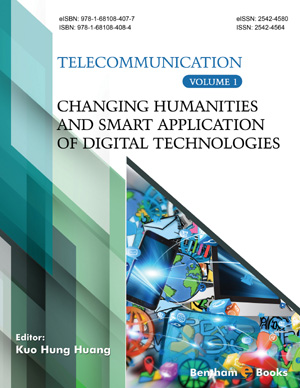Abstract
Medianeras, which is closely related to architects and urban actors, deals
with many subjects such as the standardization of the individual, standard life, display
windows, lost spaces, capitalism, digitalized world, and relations. The focus of the
narrative in the film, “Medianeras” is defined as the empty and windowless side walls
of the buildings adjacent to the neighboring blocks. While the side walls are shown as
the cause of physical separation between people in the city, these surfaces are also
figured as the dead and vacant spaces of each building that serve no purpose. The
scenario of the film, which begins with the architectural representation and criticism of
the capital city of Argentina, Buenos Aires, is built through the parallel lives of the two
characters. The metaphor of “sidewalls” used spatially in the film corresponds to a
show alternately of the two narratives at similar moments. This spatiotemporal
narrative in the film is linearly fictionalized within the sections of “A Short Autumn”,
“A Long Winter” and “Spring at Last” in the text. In the film, which reflects the
architectural differences of the city of Buenos Aires through the subjective narrative of
the characters Martin and Mariana, similar relationships are defined between urban
structures and people living in the city. The internal monologues quoted through the
voices of Martin and Mariana touch upon many universal city and urbanite problems
on the axis of the individual-society world through the life experiences of the
characters. By establishing a similarity between human life and building, the unplanned
development and architecture of the city are held responsible as the cause of social and
physical problems. By establishing a similarity between human life and building, the
unplanned development and architecture of the city are held responsible as the cause of
social and physical problems. In the face of the legitimation of the internet as a
communication technology, it connects the feeling of loneliness and virtual-real-world
contradictions with unplanned urbanization in metropolises caused by unplanned
urbanization. Whereas the architectural representation of the city is expressed in the
space-time coexistence of the characters, it facilitates comprehension by emphasizing
the experiences of private living spaces and urban public spaces.








